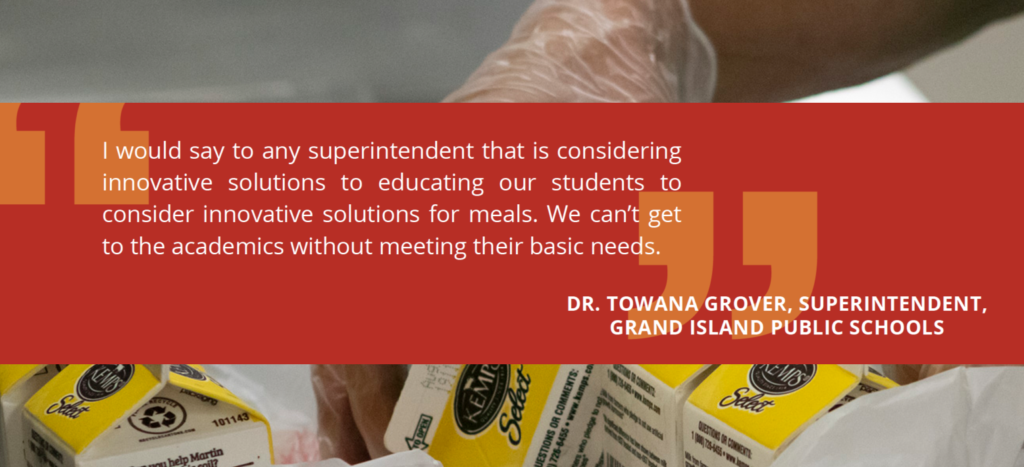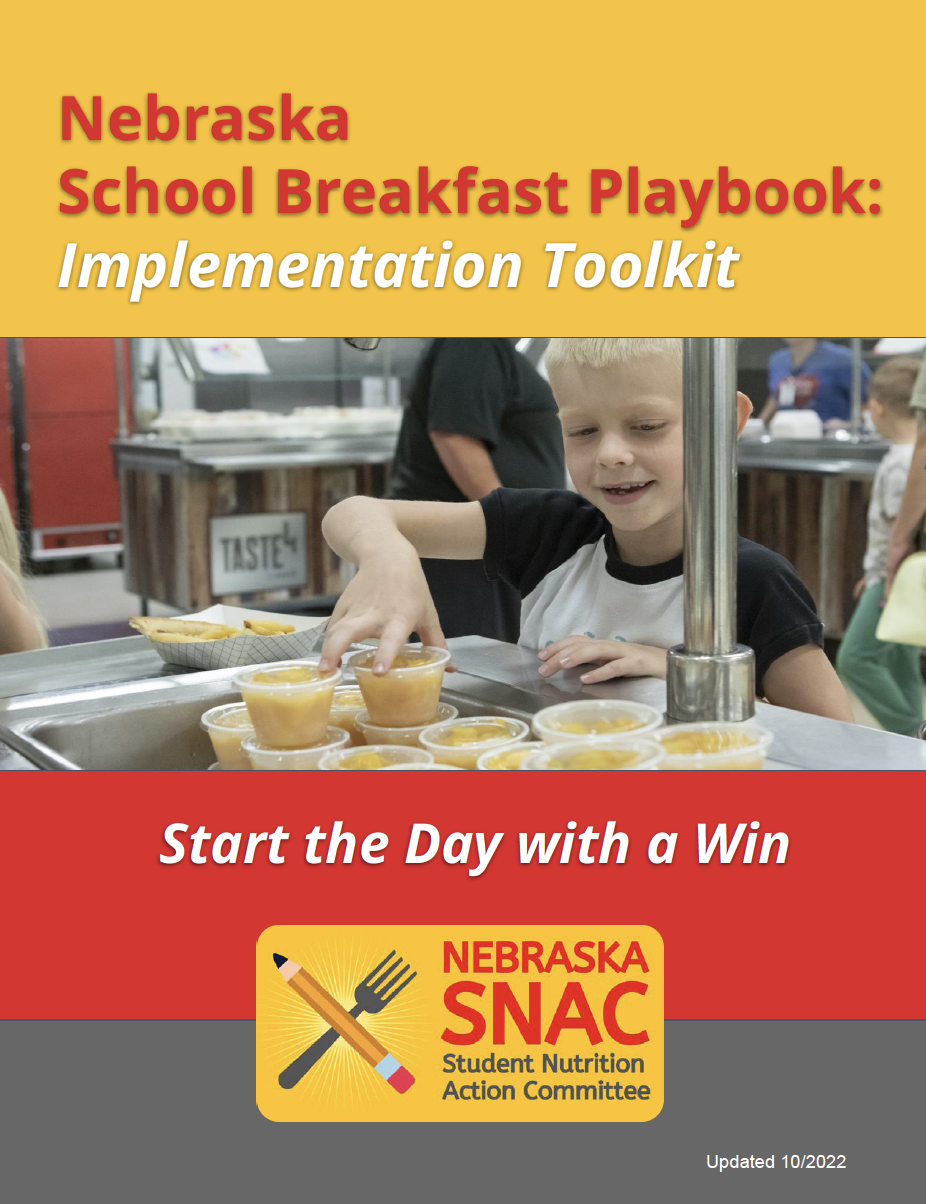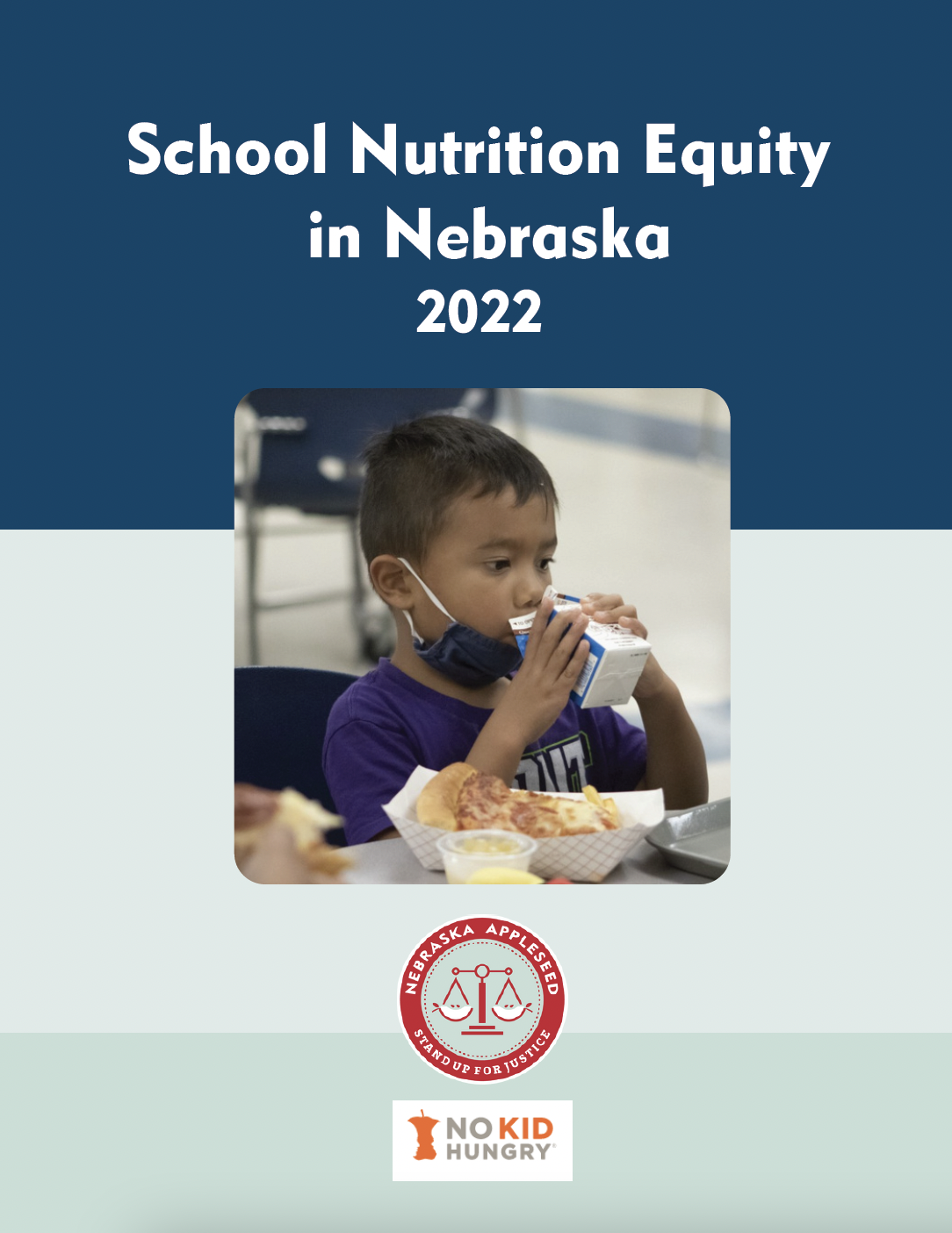School Administrators

Your role in expanding school breakfast
Superintendents, their staff, and school principals must be in touch with and responsive to student needs. Strong participation in school breakfast can lead to stronger academic outcomes, fewer behavioral issues among students, and improved school health. Learn more about how Breakfast After the Bell can help your school be the best it can be. Offering leadership that brings teachers, staff, and custodians on board for alternative breakfast models is critical to their success.
Key Resources

Fact Sheet for School Administrators
Nebraska-specific information for district and school administrators including common concerns and responses are in this document.

Nebraska School Breakfast Playbook
Everything you need to know to implement an alternative school breakfast model in your school or district. Get answers to common questions, tips and timelines, and great examples from right here in Nebraska.

Nebraska School Nutrition and Equity
Equity in school nutrition is a vital part of equity in education. Visit this Nebraska Appleseed webpage for Nebraska-specific district fact sheets and materials that can help you evaluate and improve your school nutrition programs.
Why Alternative Breakfast Models?
When kids eat breakfast they do better on tests, have fewer behavior problems,and visit the school nurse less often. Schools have improved test scores, spend less time on punishment, and see calmer classrooms.
Alternative breakfast models increase participation and revenue, often with the same staff and sometimes with fewer. These additional funds can be used to offset other school nutrition program costs.
Resistance to alternative breakfast models from teachers, parents, custodians, and others can be overcome by inclusive planning, communication, and strong leadership.
Alternative breakfast models don’t require changes to bus or classroom schedules. One way to confirm this is to pilot a model with a single grade or school to work out hesitations and challenges. Visiting districts already using an alternative model can smooth the path ahead as well.
School Administrator-Specific Resources
Alternative Breakfast Models 101 Videos: Geared towards teachers and principals, these short videos outline how Breakfast After the Bell benefits students and classrooms, and how Breakfast After the Bell can be a seamless part of the instructional day in four easy steps.
School Breakfast – Healthier Than You Think: School breakfast often gets a bad rap for being unhealthy, when in reality the food options served at breakfast must adhere to strict nutritional guidelines and are often much healthier than store-bought breakfast.
Innovative Breakfast Delivery Options: Breakfast After the Bell models often incorporate elements of multiple models and can look different in each school; however, three models in particular are the most effective at increasing breakfast participation. Learn about each Breakfast After the Bell Model and choose which model best suits your school’s needs.
Breakfast in the Classroom Myths: This easy-to-read document addresses common myths and about Breakfast in the Classroom and provides information to dispel concerns you or your staff may have.
Implementation Tools: This collection of tools includes a Pre-implementation Checklist, Breakfast After the Bell Rollout Timelines and a Breakfast in the Classroom Activity Guide. Each tool is unique, but they all complement each other nicely to create an extensive set of implementation tools that can guide multiple school stakeholders on how to create a successful Breakfast After the Bell launch.
How School Meals Reach Students: This resource traces the path of the funding that supports school breakfast and lunch from Congress to cafeteria. It also answers common questions that educators have about how the programs work.
National School Breakfast Resources
- USDA Resources for starting school breakfast
- Food Research and Action Center (FRAC) School Breakfast resources
- No Kid Hungry Center for Best Practices on meal service
- American Dairy Association Breakfast After the Bell resources
- Partners for Breakfast in the Classroom
